Nara Prefecture’s Katsuragi no Michi Path
2023/06/09
The Katsuragi no Michi is a beautiful walking course in Gose City that is packed with amazing natural scenery, historical sites, and interesting traditional townscapes. It runs below the southwestern mountains of the Nara Basin, and shares its name with Mt. Katsuragi (discussed in our last blog article). It’s total length is about 13KM, including a considerable amount of elevation gain and loss, taking on average about 5-6 hours to complete.
The Katsuragi no Michi can also be simply summarized as a path which links together a bunch of interesting Buddhist Temples and Shinto Temples built next to the mountains, so if that sort of thing interests you, walking this route would be a great way to spend your time in Nara.
Similar to its more well-known counterpart, the Yamanobe no Michi path of the eastern mountain range, the Katsuragi no Michi route is packed full of interesting locations that are connected to the origins of the country, both in terms of concrete archeological record and within ancient myths and legends that tell stories of gods and larger-than-life historical figures, including the famed Buddhist priest Kukai, and the mountain ascetic En no Gyoja. The standard route roughly starts around the Rokujizo Stone (below Mt. Katsuragi) in the north, and finish at Kazenomori Bus Stop, below Mt. Kongo, to the south.
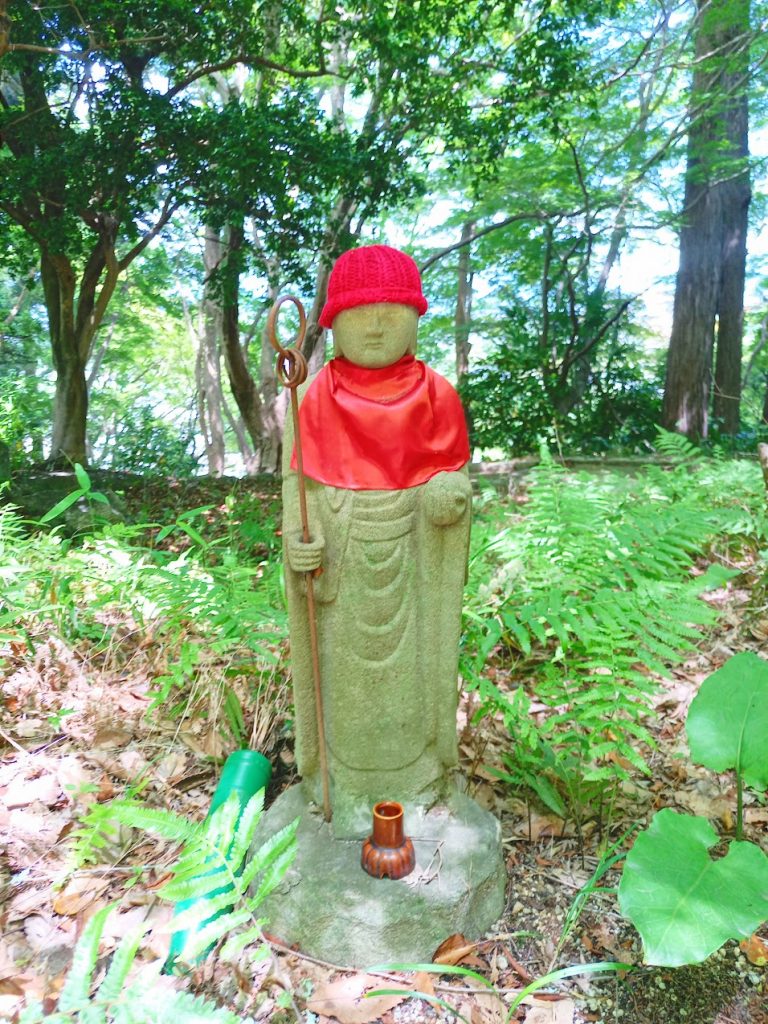
Jizo Statue behind Kuhon Temple.
Overall, it can be said that the Katsuragi no Michi is a path that is probably not for those seeking a relaxing stroll through the countryside. Rather, it seems to be more suitable for those who are feeling a bit more adventurous and are okay with getting a good work out. I found there were surprisingly very few people along the course, even on a beautiful weekend day in early summer, perhaps attesting to the time and effort it takes to complete the course. So if you want “off the beaten track,” it seems you can certainly find it here.
As always, for more info or guiding services for this area, please feel free to contact us anytime here at Kansai Nara Treasure Travel.
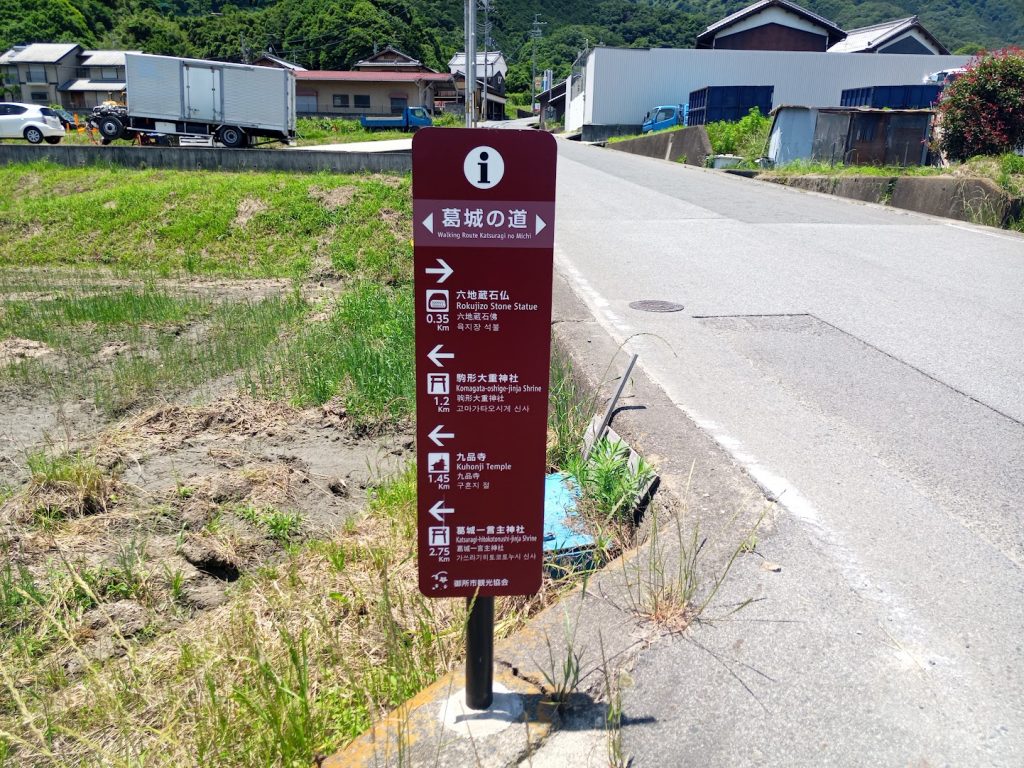
Signs of varying quality and age are posted along the route to mark the way, many of which use English.
Highlights of the route:
There are simply too many interesting places and beautiful viewpoints to fully discuss for this blog post, so here are few of my favorite points that I visited along the way.
The Rokujizo Stone
A large boulder in the middle of the road with 6 old carvings of the Jizo Bodhisattva on its west-facing side. According to legend, this area below Mt. Katsuragi used to experience frequent disasters, like the landslide which brought down this large rock. It is said that the pious local people of this area carved these 6 jizo in the fallen boulder during the Muromachi period (1336 – 1392 CE), which represent the six paths to enlightenment, as a prayer for protection against future disasters.
Jizo are not all that unusual when it comes to Japan, however the story behind this one is fascinating and the nearly 800 year old age of the carvings can be seen in how faded they are. Who knows how many more centuries they will actually be around if they are not sheltered from the elements at some point.
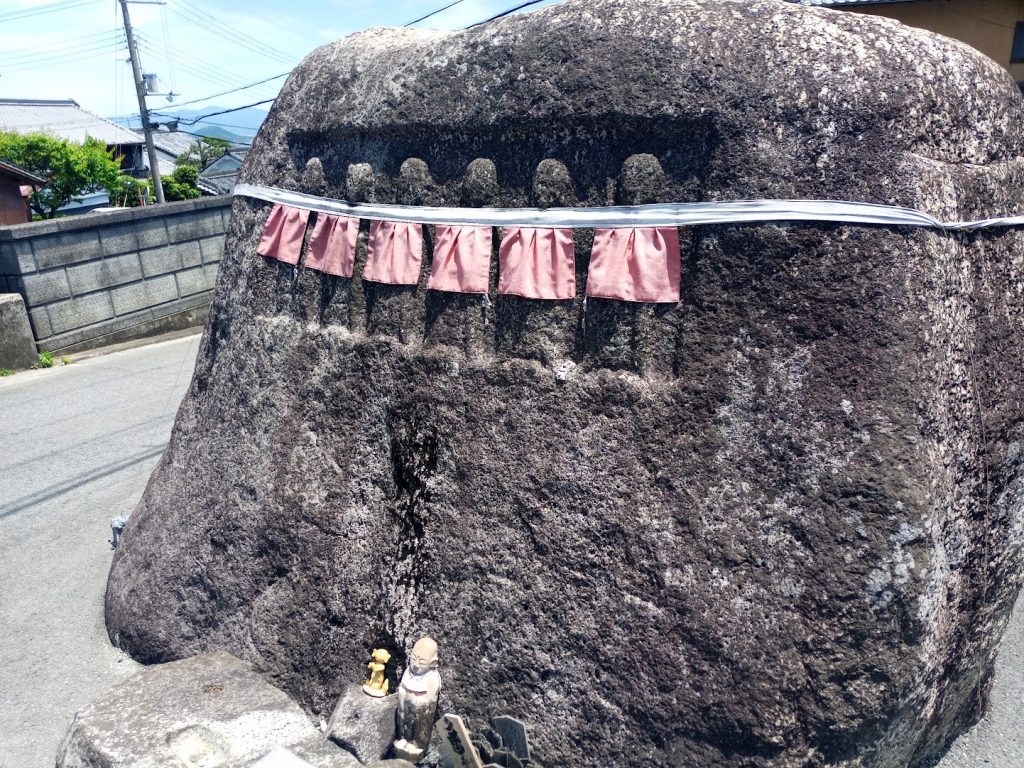
Rokujizo Stone, meaning “Six Jizo Bodhisattva Stone.”
Kuhon Temple
Said to have been build under the instruction of the famed priest Gyoki in the Nara period (8th century), who was also involved in numerous other construction projects, from irrigation to the Great Buddha of Nara’s Todai Temple in Nara City. The name of the temple comes from Sanskrit and refers to the 9 “qualities” of human beings, including the good, average, and vulgar. Perhaps the most interesting sight here is the 1,800 stone Buddha statues that can be found in the atmospheric forest behind the temple structure, which were created during the Nanboku-cho period (1336 – 1392 CE).
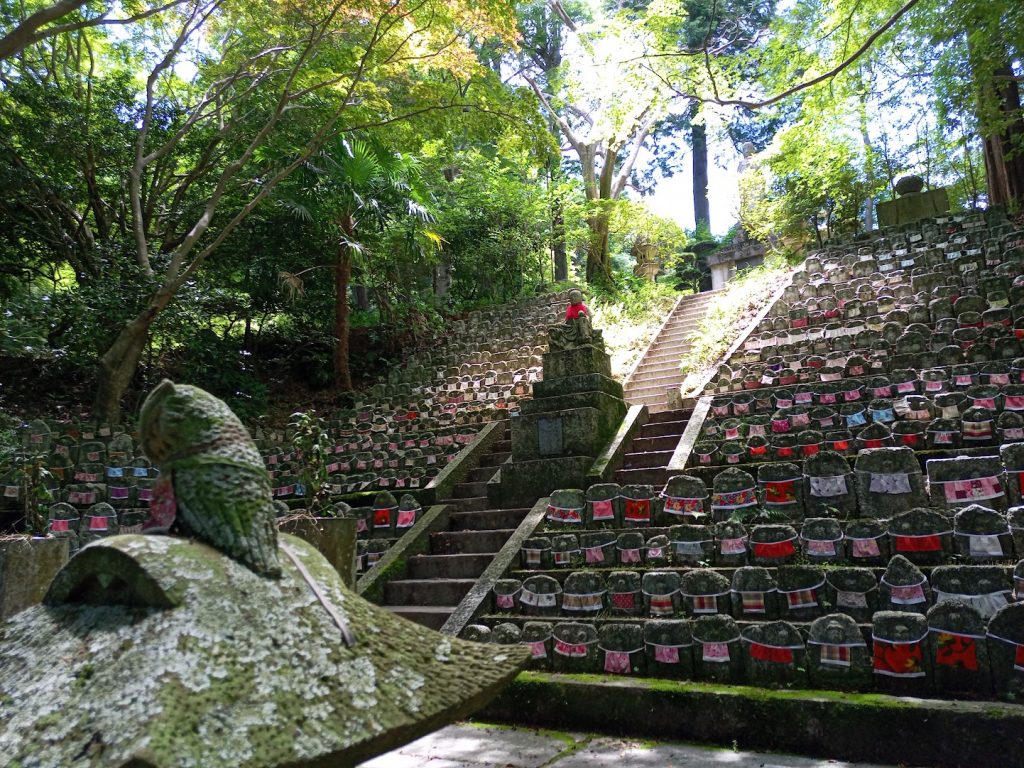
Part of the 1,800 Jizo Bodhisattva Statues of Kuhon Temple.
Katsuragi Hitokotonushi Shrine
Located at that base of the mountains, this Shinto shrine was perhaps the most crowded location I visited while walking the route. It is the main shrine for the deity Hitokotonushi-no-okami, who, according to the ancient Kojiki text, is a god who can recognize wishes (good or bad) from a single word. This deity is also associated with En no Gyoja, a mountain ascetic and important contributor to the creation of the Shugendo faith. It is said this location was En no Gyoja’s family shrine, and that he possessed such power that he was able to compel Hitsokotonushi-no-okami to build an unfathomably long bridge between nearby Mt. Katsuragi and Mt. Kinpusen, far to the south in Yoshino.
This shrine has a special sacred atmosphere and is home to a fascinating 1,200 year old gingko tree on its grounds named “Chichi-icho” that is believed to have the power to grant safe child birth and healthy milk for babies.
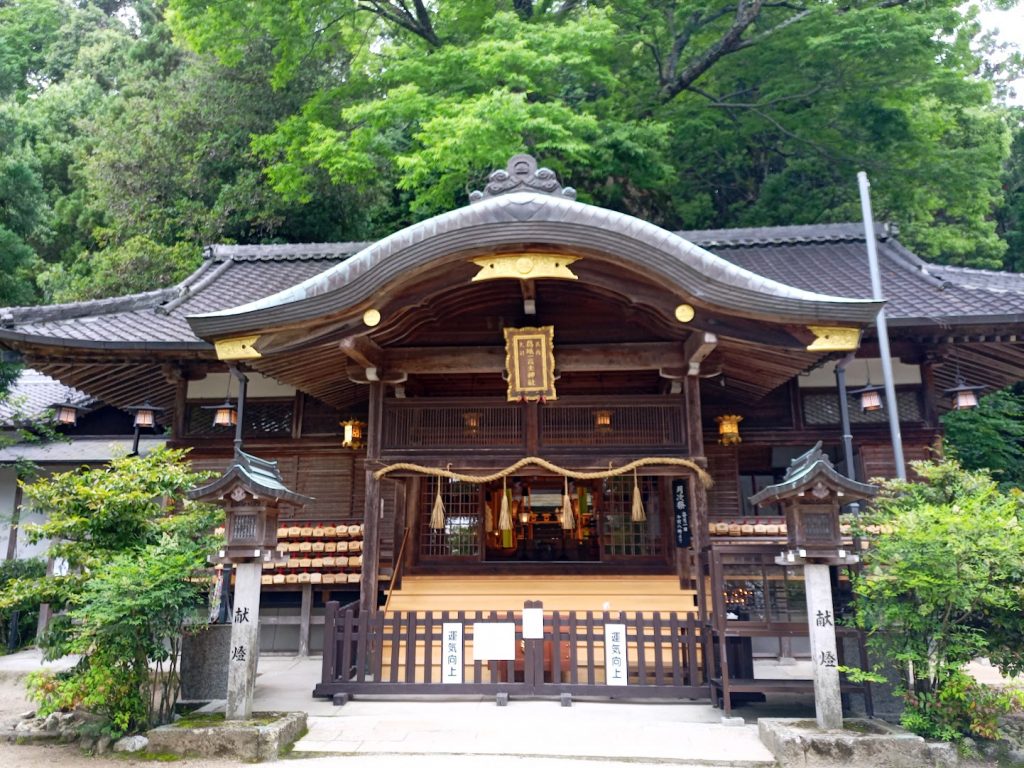
The Katsuragi Hitokotonushi Shrine along the Katsuragi Kodo.
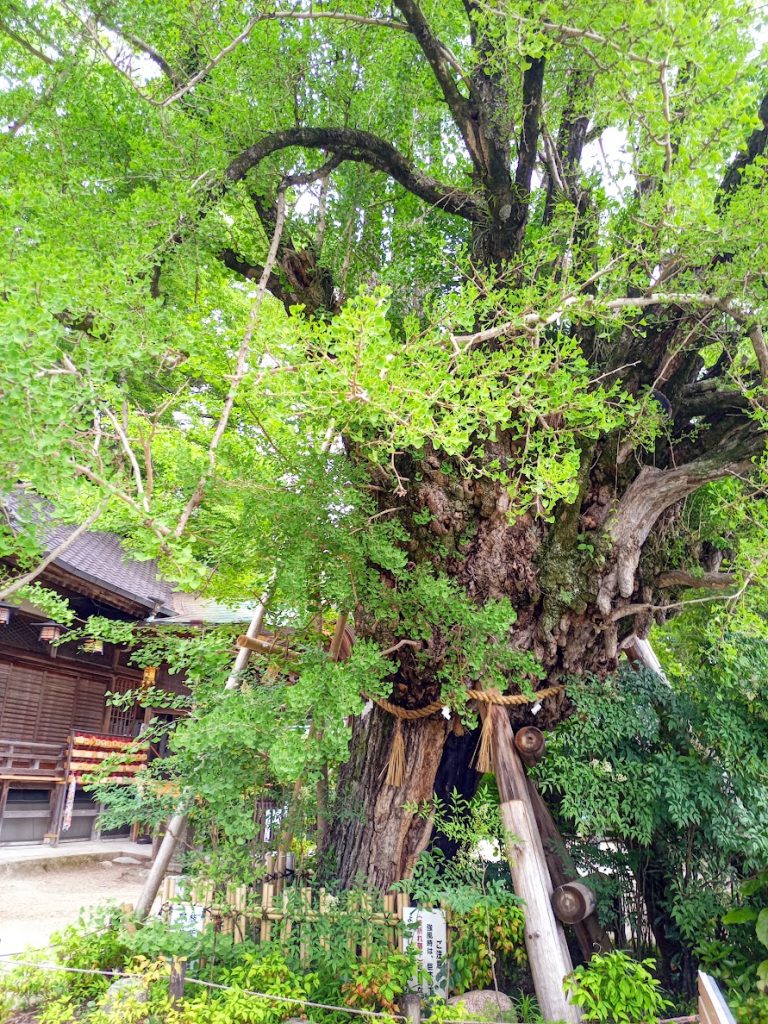
The 1,200-year-old “Chichi-icho” gingko tree. Parts of the tree are said to resemble a mother’s breasts (upper right of this photo), perhaps explaining the origin of the belief that it can grant safe child birth and healthy breast milk to worshippers.
Takamahiko Shrine
This mysterious shrine is your reward for completing the hike up to the highest point along the route! Nestled just below the hills at the base of Mt. Kongo (after which this mountain range is named), this ancient shrine still practices an ancient form of Shinto worship in that the shintai or place where the god resides is actually the hill behind it. The god here is the principle deity of the ancient Katsuragi clan who resided in the area during Japan’s prehistorical era (there is a small archeological dig site for settlement of the clan along the Katsuragi Kodo as well).
This shrine and this area is also of great importance to Japanese mythology, which is detailed in our other blog post here.
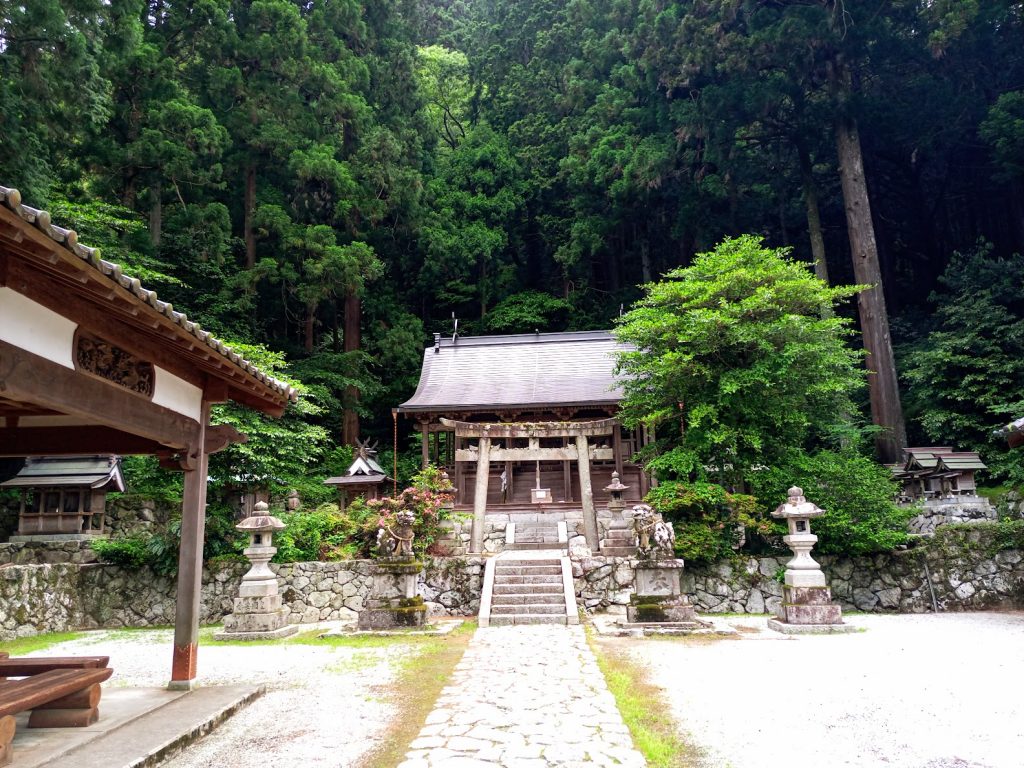
The Takamahiko Shrine.
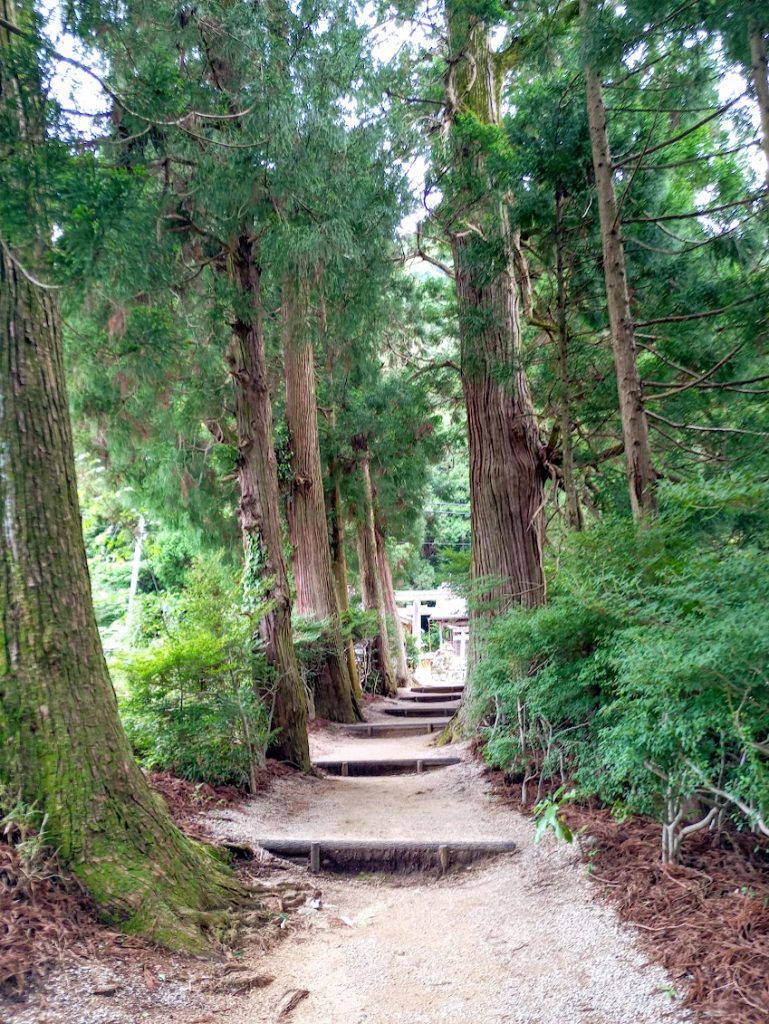
The approach to the shrine.
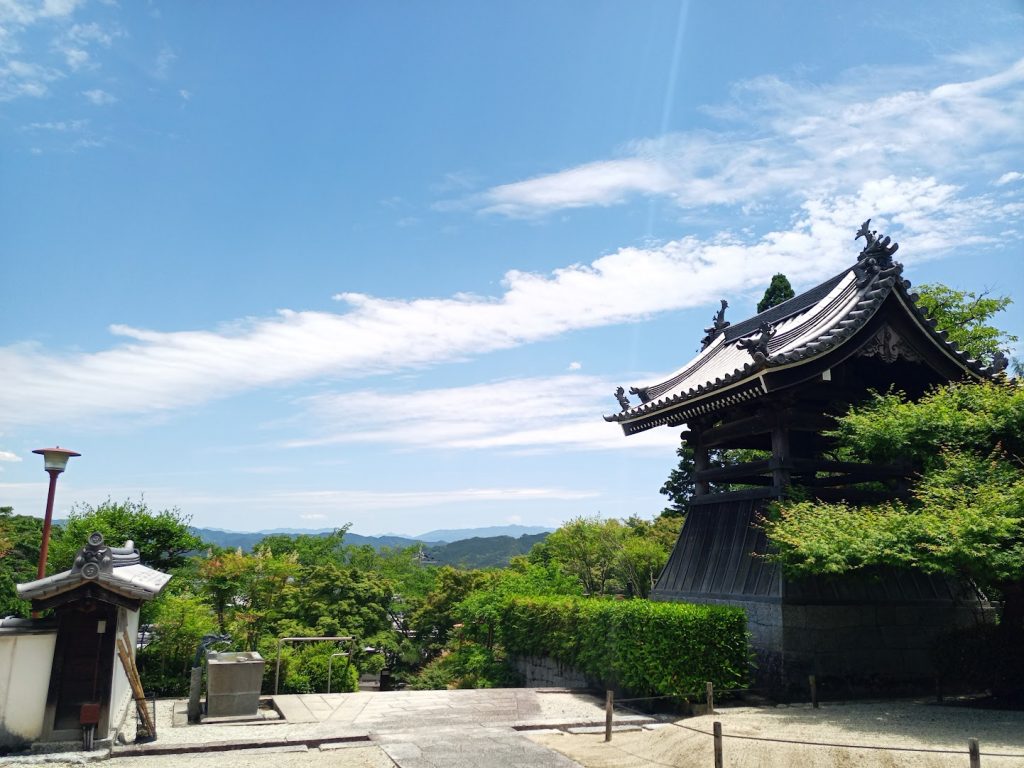
View from Kuhon Temple.
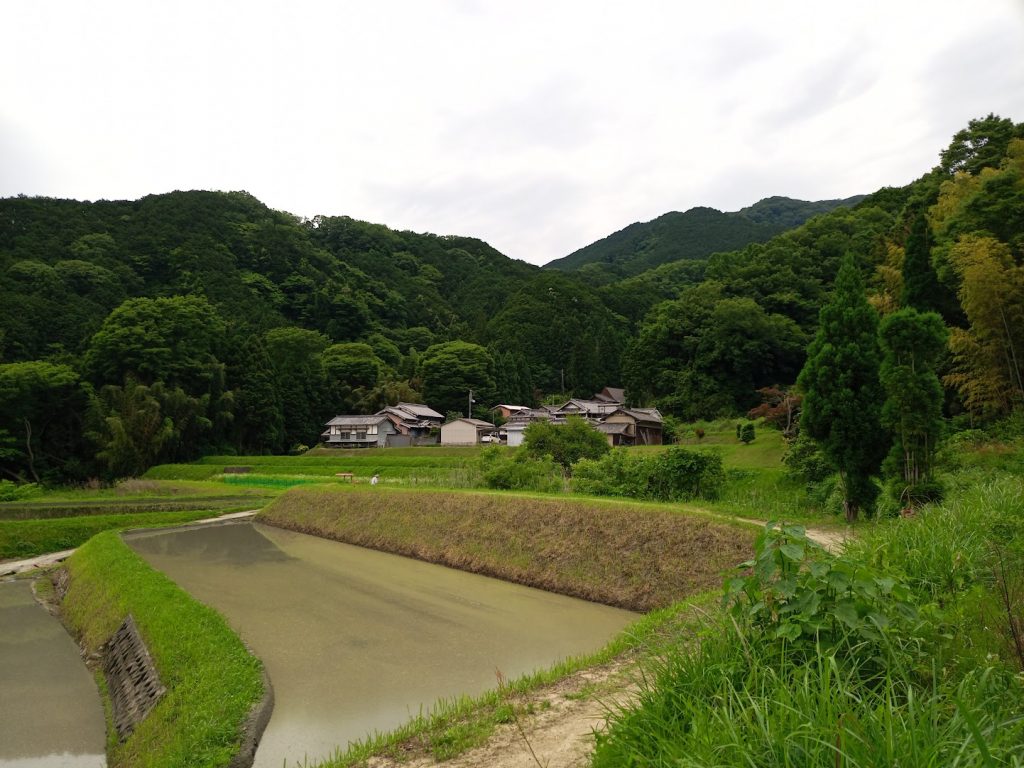
Besides the above described sites and sights, there is really so much more to see along this route that makes it worth the time to spend a day exploring. Just come prepared with a good pack full of supplies as there are not very many locations to grab food or drinks along most of the route. There are toilets that can be found at different points along the route, mainly at shrines and temples, but are not great in number, so please plan accordingly. For an official map which shows the route and restrooms (only in Japanese) please check here.
Directions:
A simple method for walking the Katsuragi no Michi is to walk between Kintetsu Gose Station in the north and Kazenomori Bus Stop in the south. Buses run regularly from Kazenomori back to Kintetsu Gose Station, though bus availability may be affected by national holidays or other events. From Kintetsu Gose Station, you can get to the route by walking to the west up to Rokujizo Stone; look for the sign marking the route just above the stone.
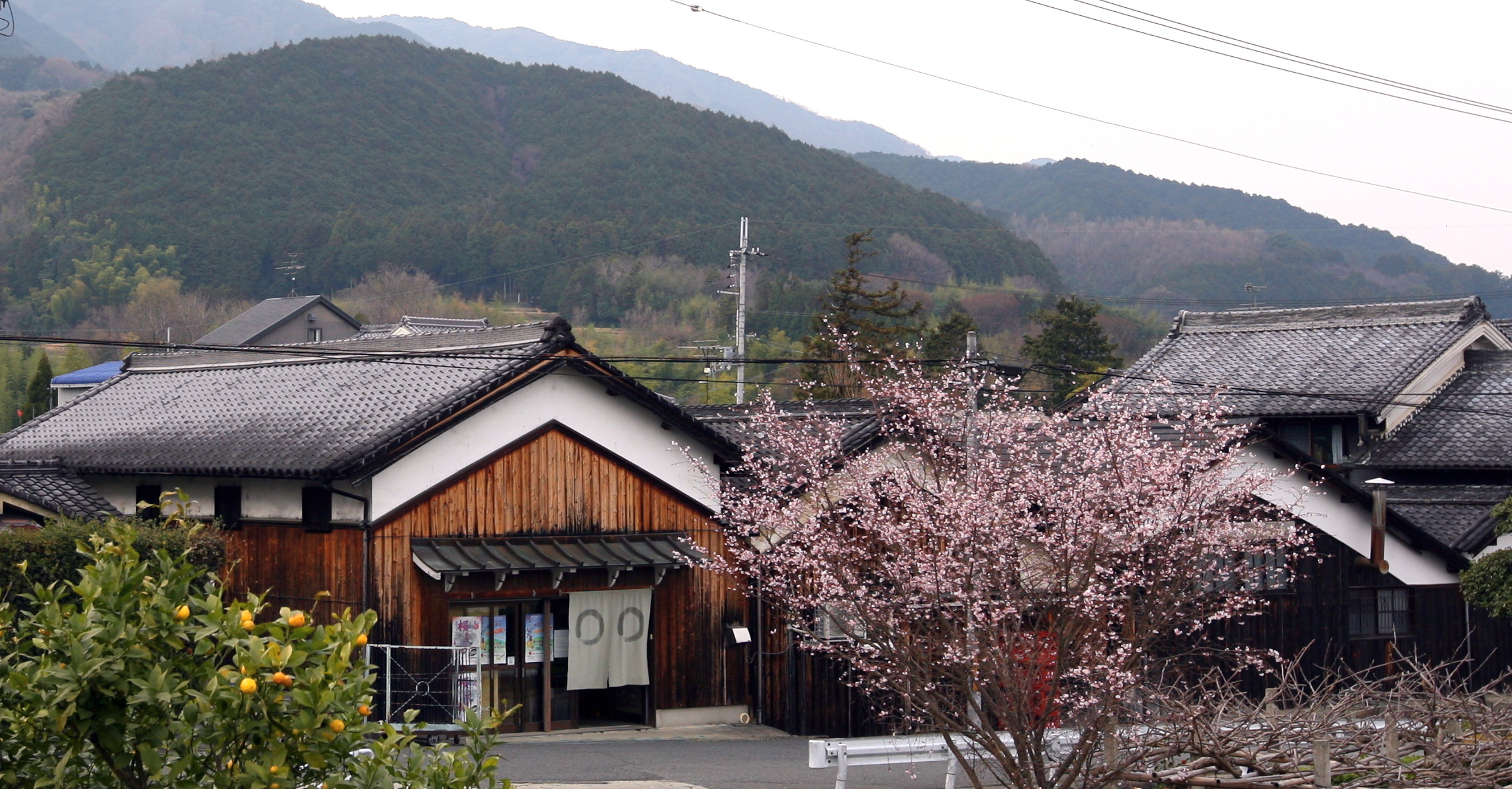
Nara Prefecture is a beautiful area with many unknown walking and hiking courses. The Katsuragi Kodo Path is an ancient road that passes through Gose City and is considered a fairly unknown course. It runs along the base of both Mt. Katsuragi and Mt. Kongo, and is famous for being…
from120,000JPY

01
FIND YOUR FAVORITE
TRIP ON OUR WEBSITE.
SEND US AN INQUIRY.

02
PERSONALIZE THE TRIP
TO YOUR INTERESTS
WITH OUR CONSULTANT.

03
20% DEPOSIT TO CONFIRM.
BALANCE PRIOR TO ARRIVAL.
PAYMENT BY CC OR TT.

04
WE WILL
MEET YOU
AT THE AIRPORT.

05
DISCOVER THE
TREASURES!